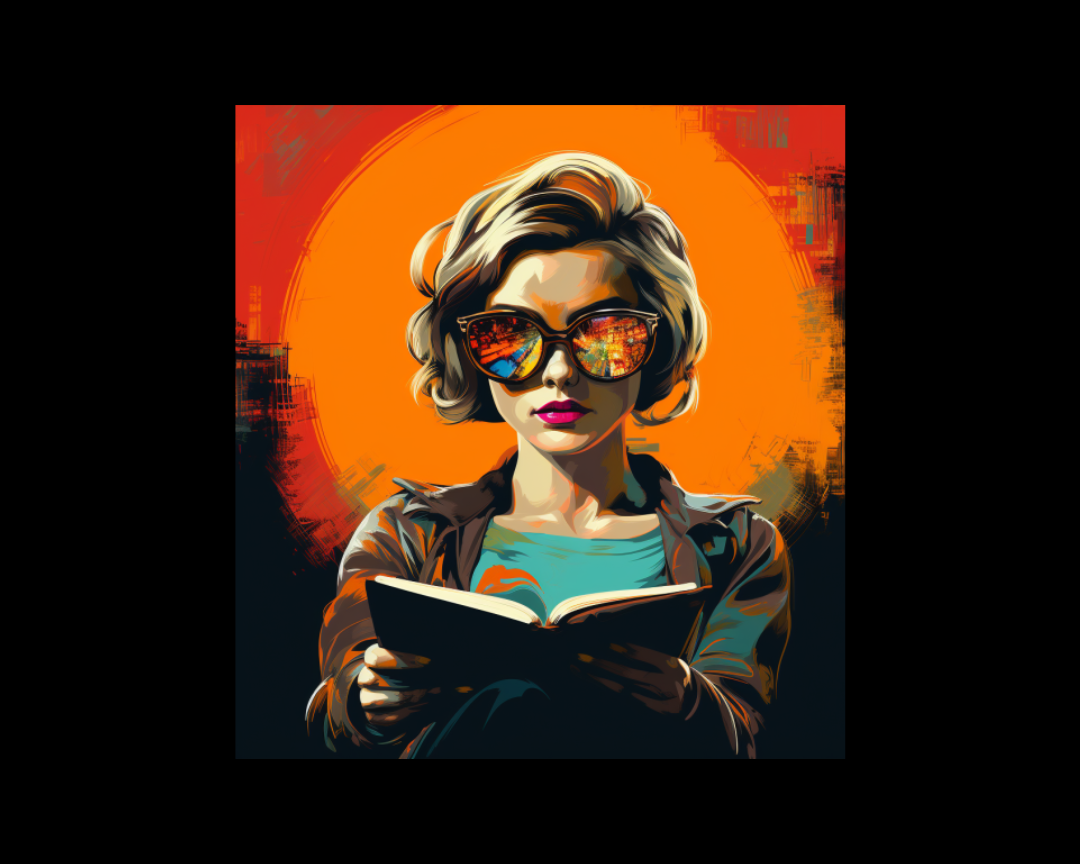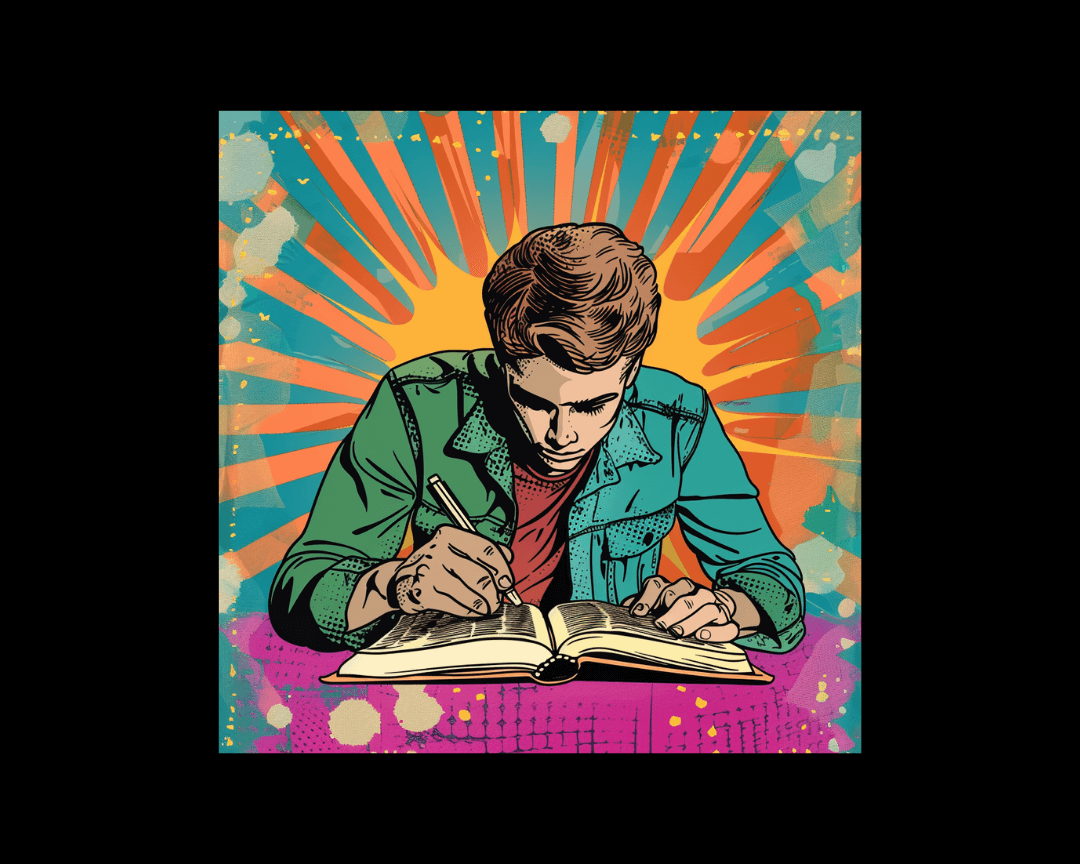Writers and Vision Boards: Visualize Success
Attention all you writers, dreamers, and goal-chasers out there! Listen up because we're about to dive into the wonderful world of vision boards and...

So, you've crafted your story, but it feels like something is amiss. The pacing in the middle might be off, or perhaps the climax isn't as impactful as you envisioned.
One thing is clear: your story needs some fine-tuning.
But how can you pinpoint what's lacking or in need of improvement? The answer may lie in the pages of books within your genre. By reading and comparing them, you can uncover common elements and insights to elevate your own narrative.
This article explores the process of selecting the right books, offers guidance on what to focus on during your reading, explains how to analyze and compare the books you've chosen, and demonstrates how to apply this newfound knowledge to enhance your storytelling.
Begin by considering the genre or main plot of your story. Forget about marketing-related genre labels like "Historical Fantasy" or "YA dystopian." Here, we're talking about the essence of your plot—whether it's romance, crime, action, or something else.
If you're uncertain about your content's genre, reflect on the ultimate climax of your story. What's at stake here? Is it a character's life, their soul, love, or justice?
If you're still unsure, focus on the global inciting incident—the moment that kicks off your main plot. What's at stake here? It should mirror the stakes in the story's climax.
For instance, if love is at stake in your manuscript, choose a book where love plays a central role.
Be cautious, as romance can serve as a subplot in many books. Ensure that the selected book's core narrative revolves around the same theme as your own.
Once you have a few potential options, prioritize those with strong reputations. If you haven't read the books yet, consult reviews. Are they highly rated and popular? If so, they likely contain elements that work effectively.
Select two or three books to read.
When reading these books, initially enjoy them as a reader would. Then, take notes as you progress. Record the following information or create a dedicated document for it:
In essence, you're seeking to identify the conventions and anticipated moments within the narrative.
So, what are these conventions and expected moments? They are the elements that readers naturally anticipate in a story of your chosen genre.
While readers may not consciously recognize them, they come to expect certain components through exposure to multiple books in that genre.
Conventions encompass more abstract aspects of a story, including character types, prevailing moods, or the need for specific clues.
For instance, an action story often includes a mentor character to guide or train the protagonist. In a crime story, readers expect to find clues and red herrings to aid in identifying the criminal.
Expected moments are precisely what they sound like—moments readers anticipate encountering in some form.
For instance, in an action story, readers expect a face-off between the protagonist and the villain during the final climax. In a romance tale, there is an expected moment when the two love interests meet.
After reading and taking notes on your selected books, it's time to compare them. Keep in mind that some of the elements you've observed might belong to subplots rather than the main plot. This becomes more evident when comparing books with different subplots.
As mentioned earlier, many books incorporate romance subplots. Consequently, there may be overlapping conventions and expected moments that are part of the romance genre.
This overlap can be valuable if your story includes a romance subplot. However, if your narrative does not revolve around romance, these elements may not contribute to your story's improvement.
If you're unsure whether an element belongs to the main plot or a subplot, ask yourself: What purpose does it serve?
For instance, if a convention is associated with an action genre, it aims to heighten physical stakes. This might involve a mentor character training the protagonist to increase their chances of survival.
Once you've identified points of overlap, try to abstract them. For example, thrillers often feature false endings, creating the illusion of climax resolution. In romance stories, an expected moment might involve one love interest demonstrating their affection. Distinguish between expected moments and conventions when documenting them.
Now, armed with your list of essential elements, revisit your own story and check whether these conventions and expected moments are present. You may discover gaps or areas where your story could benefit from strengthening these elements. Leverage the insights from the books you've studied to devise creative ways to enhance your narrative.
By following this process, you can transform your manuscript into a more compelling and engaging story.

Attention all you writers, dreamers, and goal-chasers out there! Listen up because we're about to dive into the wonderful world of vision boards and...
%20(1)-1.png)
They say the best writers are readers, and while there are endless learning opportunities to be gleaned from reading novels and poems, there’s no...
.png)
In the realm of human cognition, few concepts are as intriguing and controversial as mind control. While often associated with science fiction or...